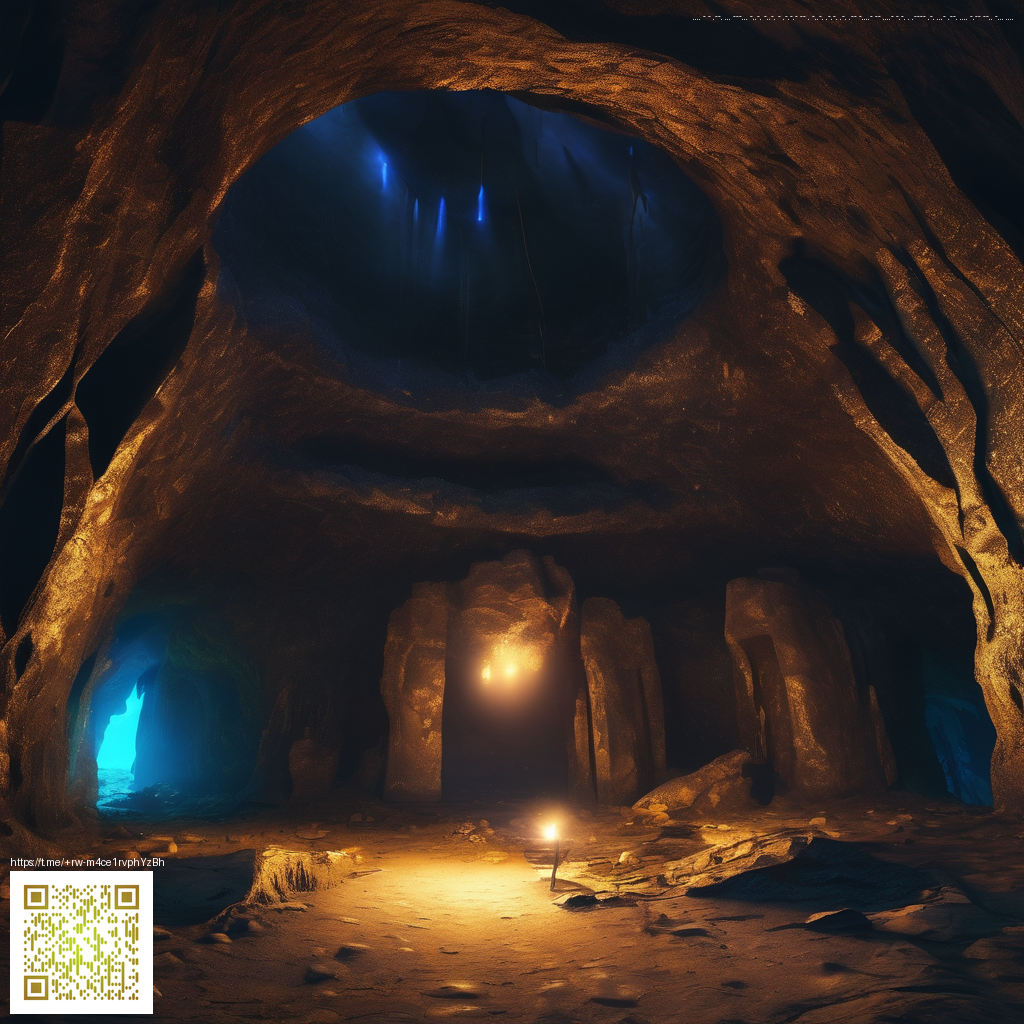
Mapping Ideas to Motion: Designing Digital Storyboards for Filmmakers
Digital storyboarding is the quiet engine behind a film’s visible logic. It’s where a script’s words start to move, where pacing, blocking, and camera language take shape before a single frame is drawn on set. For filmmakers, a well-crafted storyboard is not a fancy storyboard as an end in itself, but a practical tool that guides every department toward a shared vision. When done well, it becomes a living document that evolves with the project, keeping production aligned from concept through screen.
Key stages in designing digital storyboards
- Concept and goals: Begin with the emotional heartbeat of the scene. Define what the audience should feel, the key action, and the intended audience experience. This clarity anchors every subsequent frame.
- Script breakdown: Translate dialogue and action into discrete beats. Note timing, entrances, and exits so you can map each beat to a visual unit.
- Visual language and shot vocabulary: Decide on a language—classic coverage, dynamic parallel editing, or a more intimate handheld aesthetic. Choose shot types, camera angles, and movement that best express the scene’s intent.
- Layout and pacing: Use grids or panels to choreograph rhythm. Pay attention to how transitions—cuts, dissolves, or match cuts—affect tempo and mood.
- Digital tools and templates: Leverage software that supports layers, annotations, and quick revisions. A solid template helps you organize character placement, props, and lighting cues in a scalable way.
- Collaboration and feedback: Record notes from directors, DP, art department, and editors. Version control matters; each revision should clarify decisions rather than recycle ambiguity.
- Pre-visualization for VFX and stunts: Plan complex sequences early—safety lines, wirework, and CG integration become measurable before production.
- Export and handoffs: Prepare reference sheets, shot lists, and export formats that can travel to editorial, effects teams, and production offices without losing context.
“A storyboard is a script you can watch,” writes a seasoned filmmaker. By mapping shots ahead of time, teams gain shared language, precise timing, and a smoother path to the screen.
As you translate the ideas into frames, remember that every panel should carry a specific purpose: what the audience should see, where the camera is, and how the moment advances the narrative. Digital tools excel here because you can annotate, rearrange, and test different approaches without committing to a final draft too early. When this process is iterative, the storyboard becomes a dynamic roadmap rather than a fixed blueprint.
On a practical level, a tidy workspace helps keep your creative flow uninterrupted. For example, having a reliable desk setup—like a Neon Gaming Mouse Pad Non-Slip 9.5x8in Anti-Fray—can reduce friction during long edit sessions. It’s the small ergonomics that support big ideas, ensuring your focus stays on storytelling rather than slipping, smudges, or laggy hardware. If you want to explore this in context, you can review the product details here: https://shopify.digital-vault.xyz/products/neon-gaming-mouse-pad-non-slip-9-5x8in-anti-fray.
When you publish or share your storyboard, consider linking to related resources that broaden understanding without overwhelming your audience. A concise companion page such as this related resource can provide additional workflow insights or case studies that complement your visual planning.
Practical tips for getting started
- Start with the script’s emotional arc and sketch a quick, rough sequence of panels to capture the core beats.
- Lock down the essential camera language early—whether it’s a character-driven close-up or a sweeping landscape revealing scale.
- Use color scripts or tonal ladders to pre-visualize mood shifts across sequences.
- Label panels with time codes, dialogue cues, and action notes so editors and designers can follow your intent.
- Keep versions organized with clear naming conventions to streamline collaboration and revisions.
Digital storyboarding isn’t about perfection on day one; it’s about clarity and flexibility. When the plan is legible to every department, you accelerate decision-making and reduce costly on-set changes. The final screen often starts as a sequence of simple sketches and metadata, expanding into a cohesive pre-visual guide that drives production decisions with confidence.